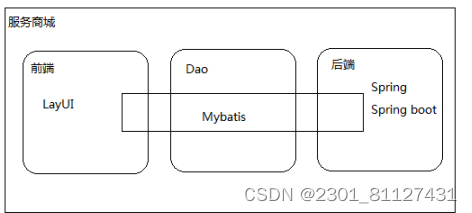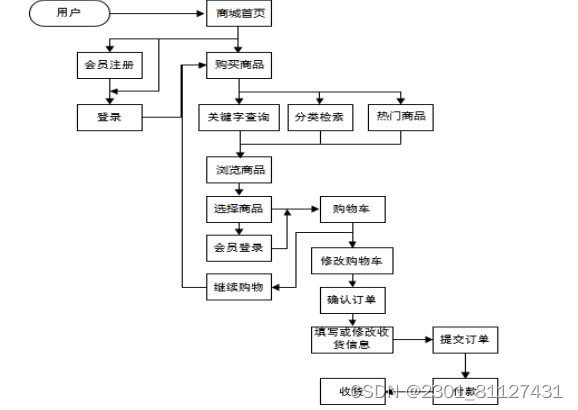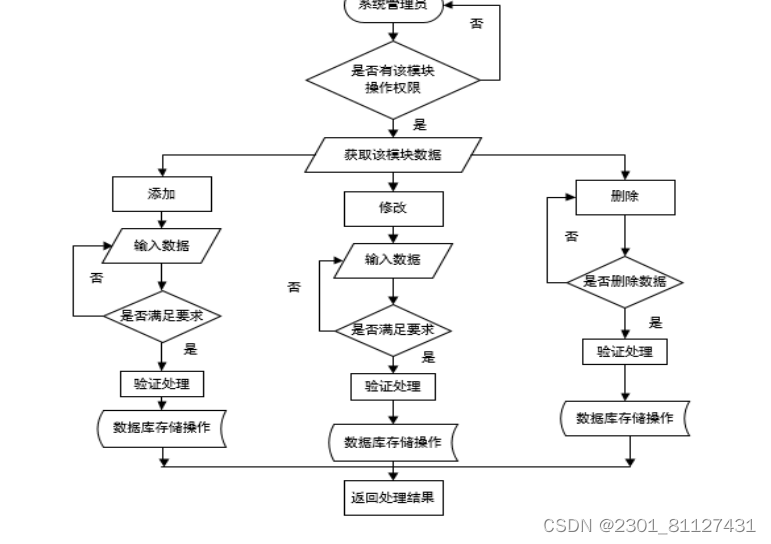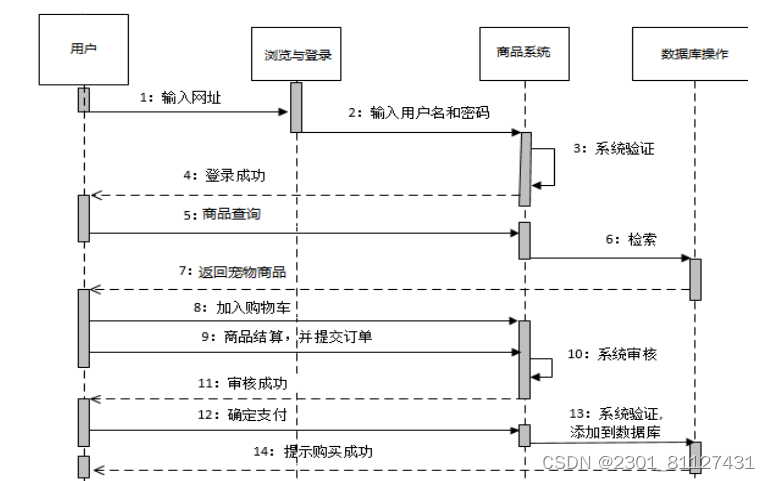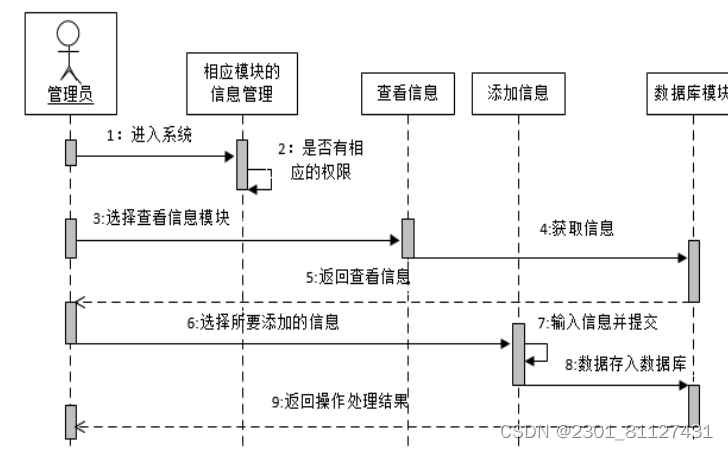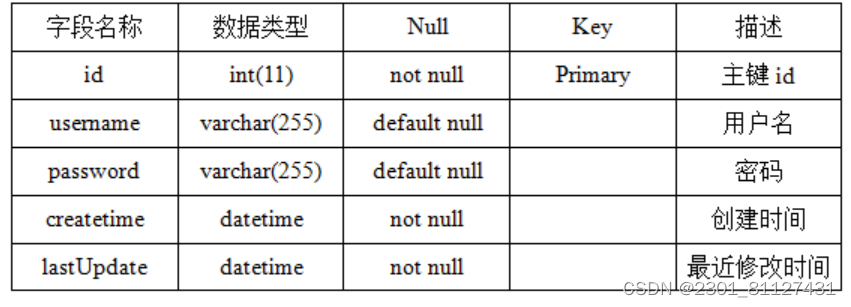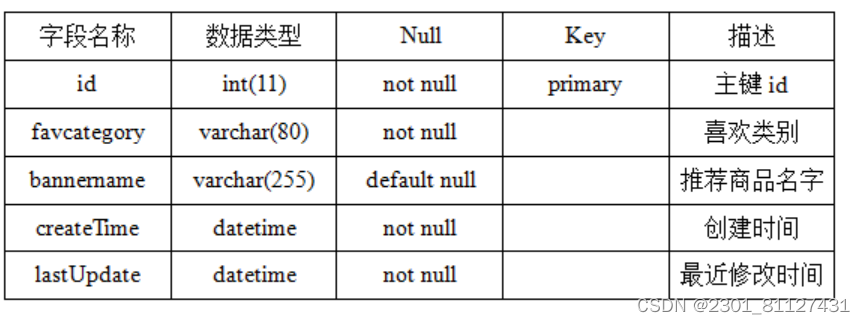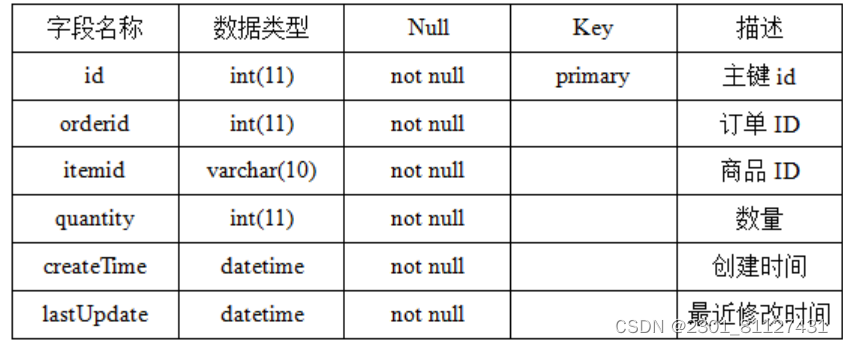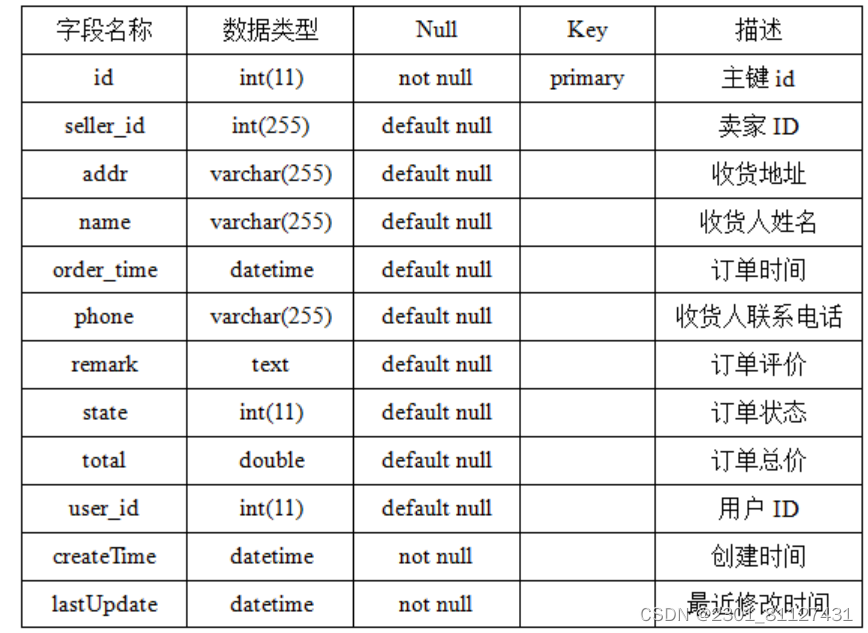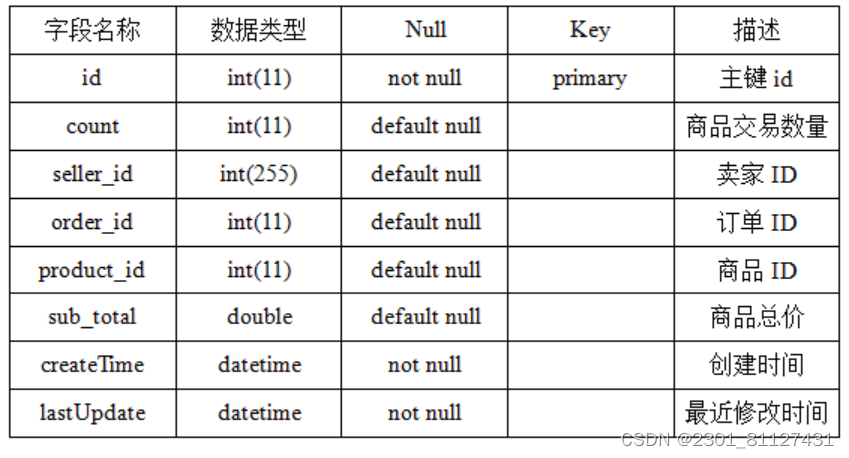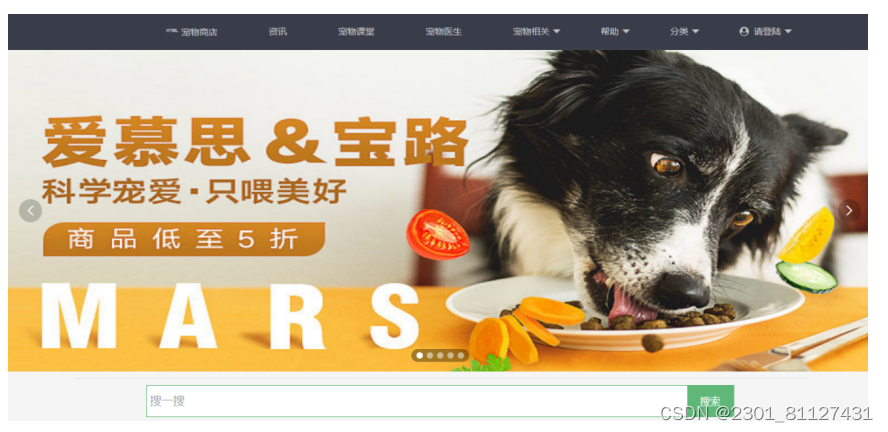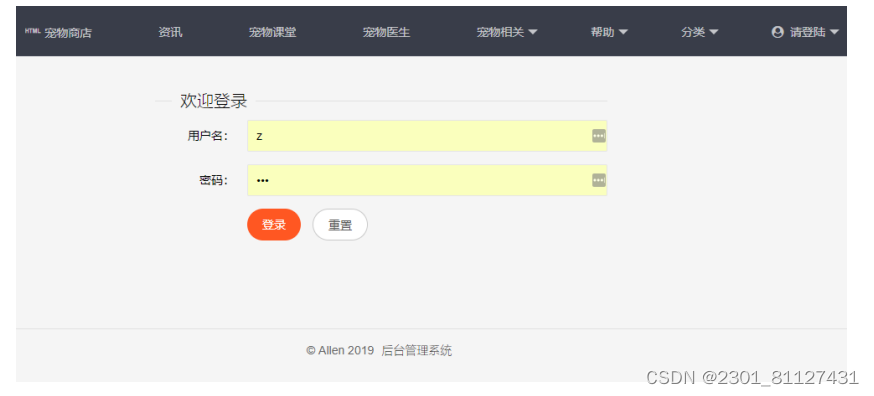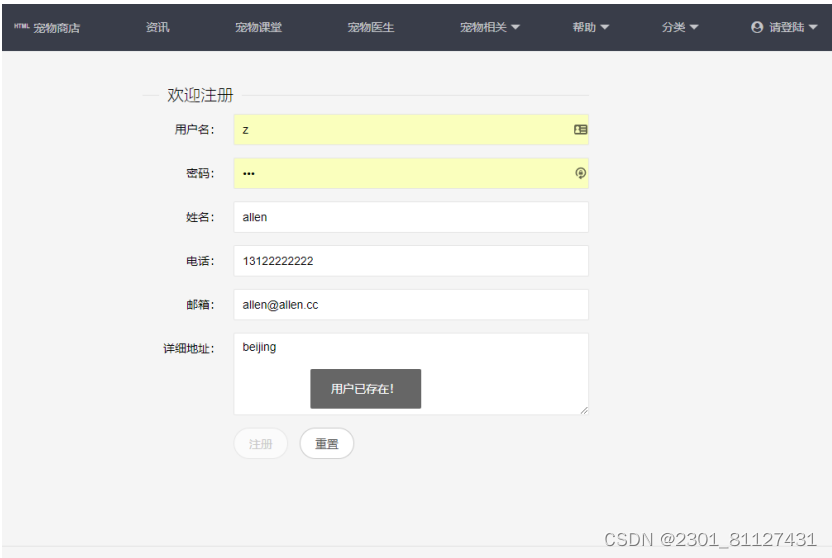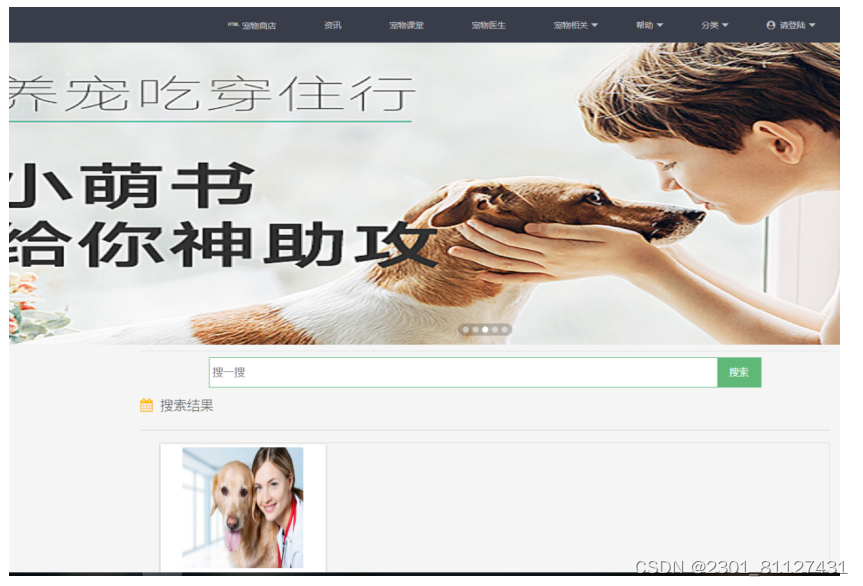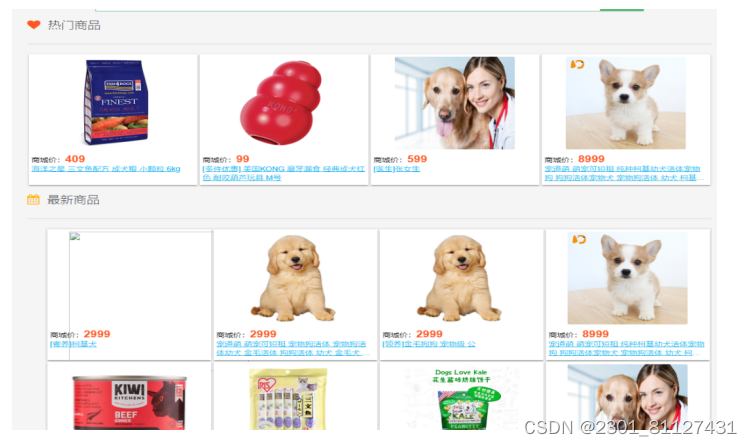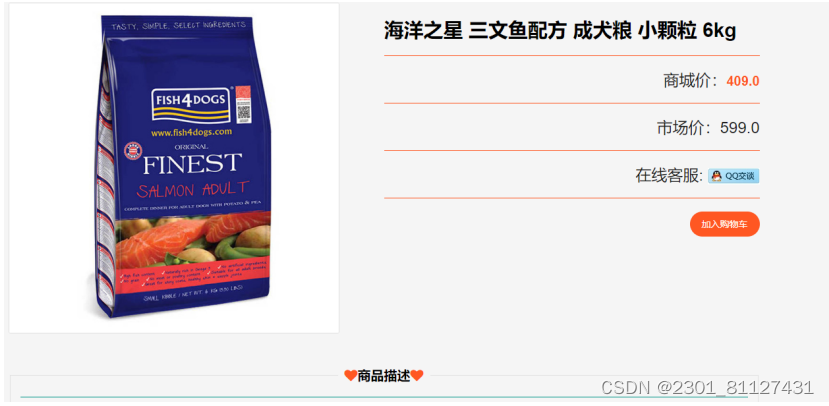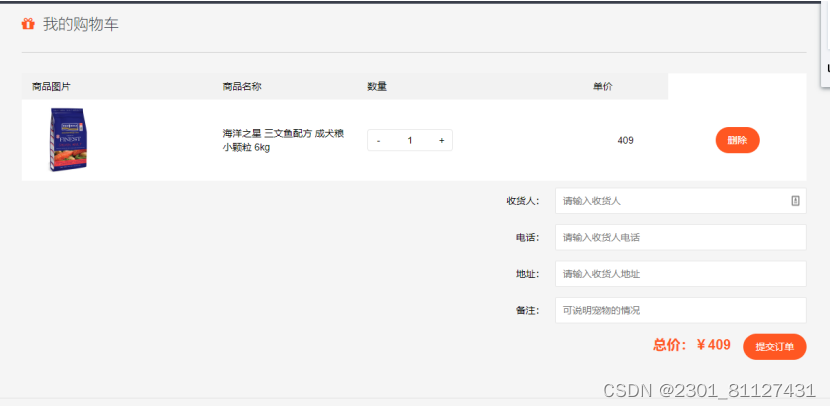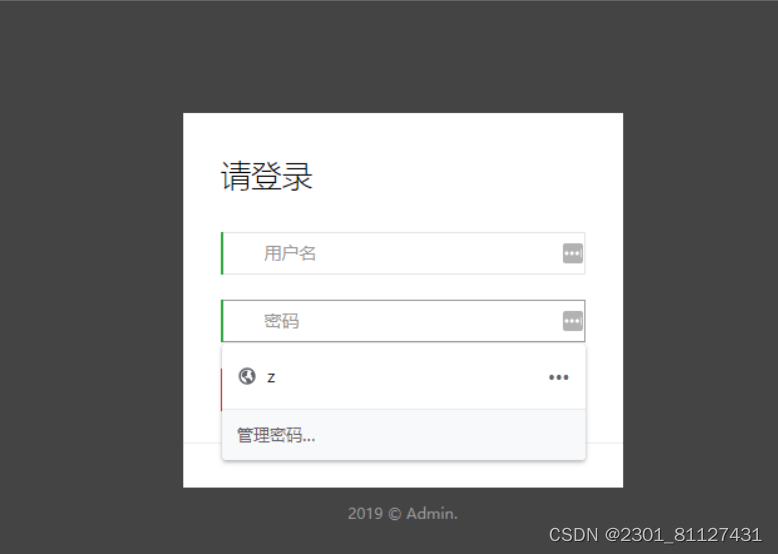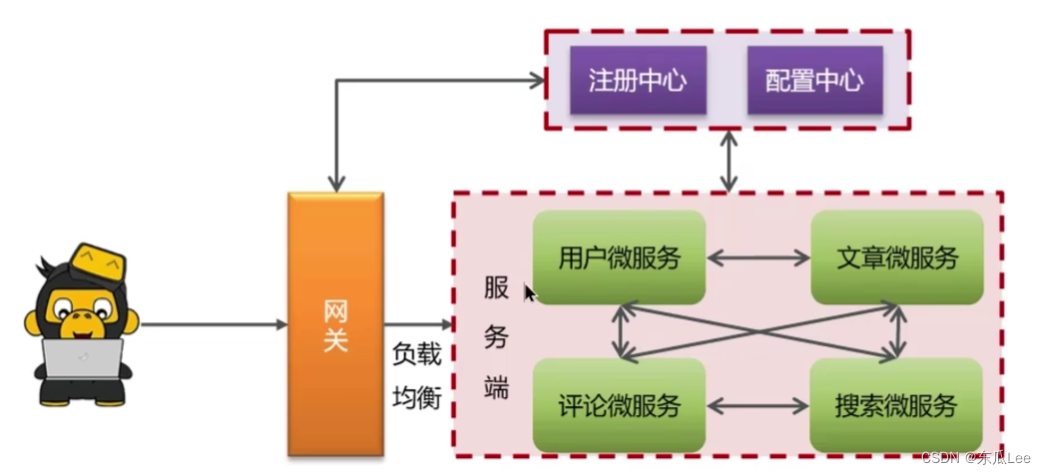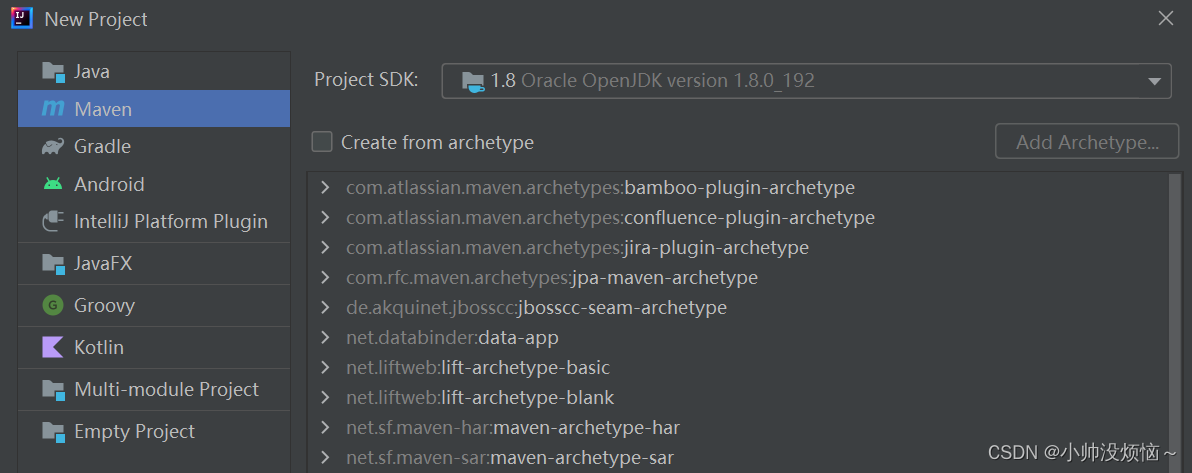摘 要
最近几年以来,宠物在人们的日常生活中所占的地位越来越重要了,它们不仅仅是我们的朋友,也成为了我们家庭中的一份子。21世纪,信息技术飞速发展,计算机行业日新月异,极大地带动了信息的流动,方便了人们的生活,也使得电商行业快速发展,一些宠物服务商家抓住这个机遇,开始在互联网上成立自己的网上店铺。
本文描述了一个为宠物服务而开发的网上宠物服务商城,经过大量调研,并对各大商家同类型宠物商城需求进行详细分析后,对系统项目进行了总体设计和实现。在该系统中依照用户不同的需求售卖宠物与产品、线上咨询服务、宠物医疗服务、顾客浏览购买商品、购物车、寄养或领养宠物等功能。主要分为用户和商家登录注册模块、顾客模块、商家模块、管理员模块等几个部分。本系统能够完整的实现与宠物相关的服务流程,是一个比较完整的服务站点。在本系统的设计与开发中,前台利用了LayUI框架,后台利用了Spring、Springboot框架;数据库的实现利用了Mybatis框架;并且界面设计看上去十分简洁明了,对于用户来说有良好的购物体验,为每一个宠物饲主提供一个良好的服务平台。
整个宠物服务商城系统能够提供如下功能:对于各种在售宠物商品按照种类进行分类,简化用户的操作,让他们的购物更为方便;首页提供最新产品和热门产品的展示,吸引用户的注意力,从而提高他们对商城的关注度以及浏览产品时的购买欲望,提高商城的销量;新用户可在商城进行账号注册,已经注册用户可在登录界面中输入正确的口令进行登录并在商城中进行商品浏览,将喜爱的商品添加至购物车,并决定购买数量,从而选择最后需要购买商品,让用户享有更真实的购买体验;用户在支付完成之后还可以通过个人中心来查看订单的详细信息中。
通过本系统,人们不需要再花费大量的时间去寻找宠物实体店,而且可以更好、更实惠、更便捷地为自家的爱宠购买商品。同时考虑到初步接触宠物的用户,他们可能会担心自己不能很好地照顾自己的宠物群体,本商城也给这部分用户提供了一些关于宠物饲养的小知识,让他们可以放心的去选择自己喜欢的宠物来进行饲养,来陪伴自己和家人;并且也向每一个浏览商城的人开放式提供一些宠物周边资讯。
关键词:LayUI;Spring;Mybatis;宠物服务;服务商城
In recent years, the status of pets in daily life has become more and more important. Pets are not only our friends, but also a part of our family. However, the rapid development of computer technology has driven the development of electronic malls, and some pet service businesses have begun to set up their own online stores on the Internet.
This article describes the online pet service mall developed for pet services. After a lot of research and detailed analysis of the needs of the same type of pet malls, the pet service mall project has been comprehensively involved and implemented. It realizes the sale of pets and products according to different user needs, consulting services, veterinary services, customers browsing purchases, online consultation, pet medical services, pets, evaluation orders and other functions. Mainly divided into login registration module, customer module, merchant module, administrator module and other parts. The system can completely implement the pet first service process and is a relatively complete service site. The development front of the system utilizes the LayUI framework, the background utilizes the Spring and Springboot frameworks, and the database implementation utilizes the Mybatis framework. The interface design looks very simple and clear, and has a high user experience for the user, feeding each pet. The Lord provides a good service platform.
The functions that can be realized in the whole mall are as follows: various pet products are classified according to the types; and there are also displays of recent popular products; new user account registration and user account login; users can also use the shopping cart function to add goods. Then, the purchase of the added item is performed once on the shopping cart page, and the information of the purchased item can also be viewed through the order information page in the personal center.
Through this shopping web design, people don’t have to spend a lot of time looking for a pet store, and they can buy goods for their pets better, faster, more convenient and cheaper. And considering that I want to raise my own pet, but I am worried that I can’t take good care of my pet group, this mall will provide some people with some tips on pet breeding, so that these groups can choose themselves safely. Like pets, accompany yourself or your family.
Key words: LayUI; Spring; Mybatis; pet service; service mall
目 录
引言 1
1 绪论 2
1.1 课题背景及意义 2
1.1.1 课题的背景 2
1.1.2 课题意义 2
1.2 系统功能概述 3
1.2.1 登录注册模块 3
1.2.2 顾客模块 3
1.2.3 商家模块 4
1.2.4 管理员模块 4
1.3 系统开发环境和技术简介 4
1.3.1 开发技术Java,Jsp,及Javascript语言介绍 4
1.3.2 Java Web简介 5
1.3.3 自动化构建Maven工具 5
2 系统分析 6
2.1 可行性分析 6
2.1.1 经济可行性分析 6
2.1.2 技术可行性分析 6
2.1.3 运行可行性分析 6
2.1.4 社会可行性分析 6
2.2 系统需求分析 7
2.2.1 功能需求分析 7
2.2.2 性能需求分析 7
2.2.3 开发环境及配置需求分析 7
3 总体设计 9
3.1 系统总体设计 9
3.1.1 系统总体结构图 9
3.1.2 功能模块结构图 9
3.2 系统动态建模 10
3.2.1 系统系统时序图 10
3.3 数据库设计 11
4 详细设计与实现 18
4.1 系统界面设计 18
4.1.1 商城主界面设计 18
4.2 前端模块设计与实现 18
4.2.1 登录模块 18
4.2.2 注册用户模块 19
4.2.3 资讯模块 20
4.2.4 宠物课堂模块 20
4.2.5 宠物医生模块 21
4.2.6 商品模块 21
4.2.7 购物车模块 22
4.3 后台管理模块的设计与实现 23
4.3.1 后台登录模块 23
4.3.2 用户管理模块 24
4.3.3 分类管理模块 24
4.3.4 订单管理 24
4.3.5 商品管理 25
5 系统测试 26
5.1 系统测试的方法 26
5.2 测试内容 26
5.2.1 进行功能测试 26
5.2.2 功能测试用例 28
5.2.3 测试结果分析 30
6 结论 31
谢 辞 32
参考文献 33

